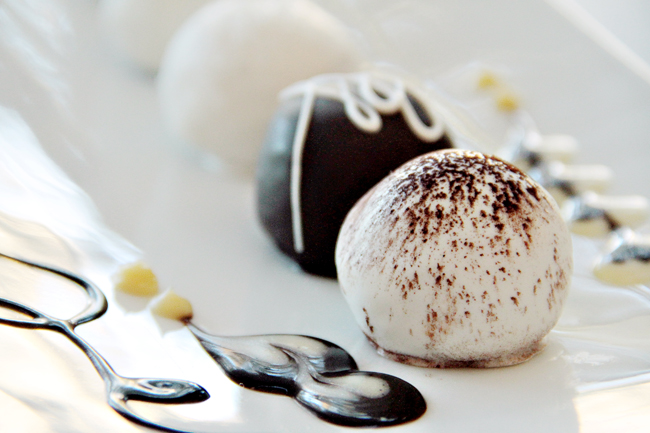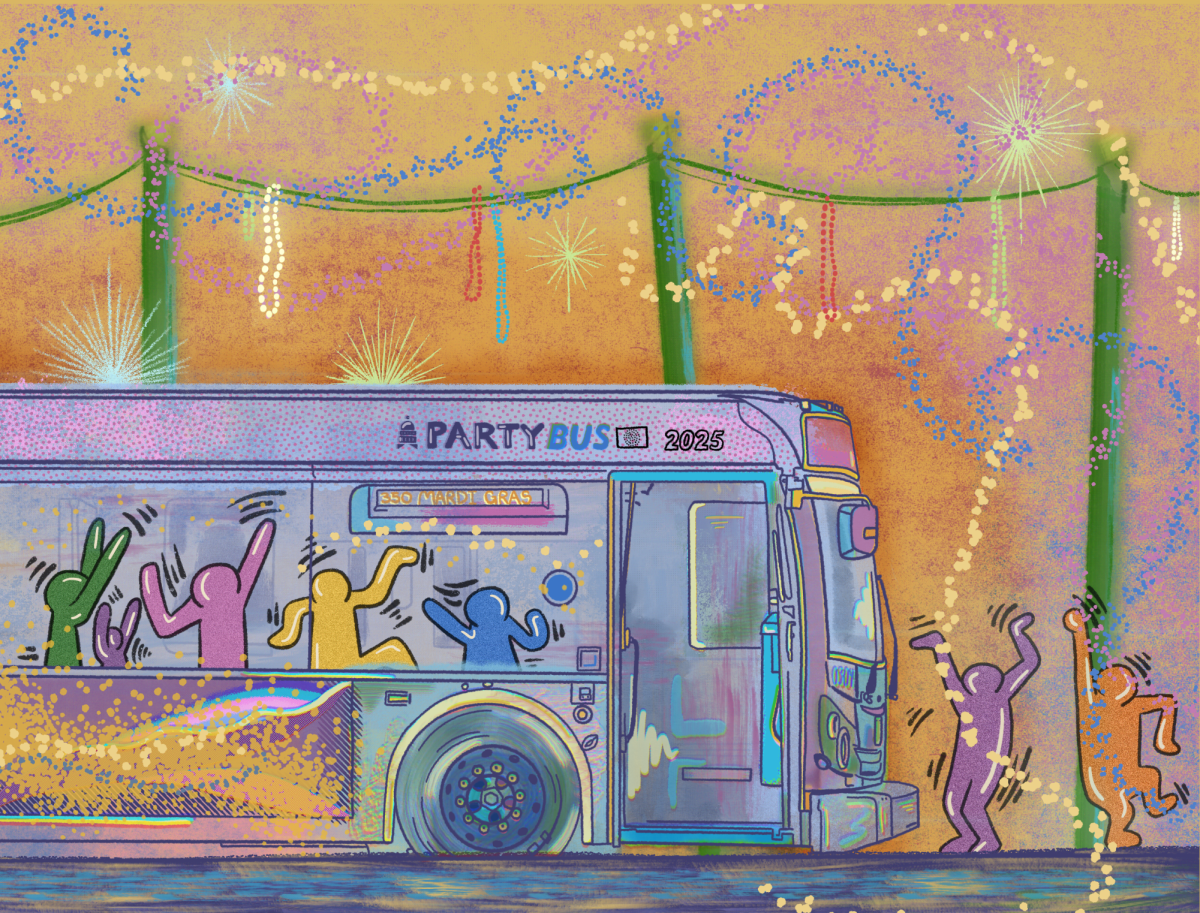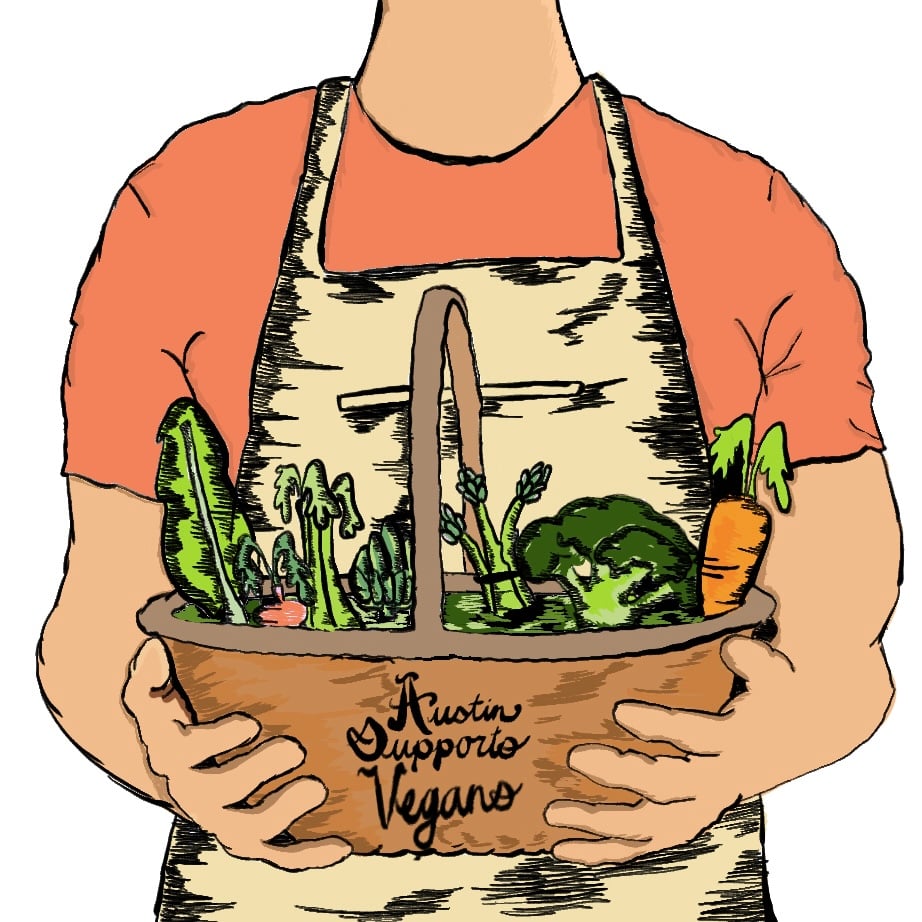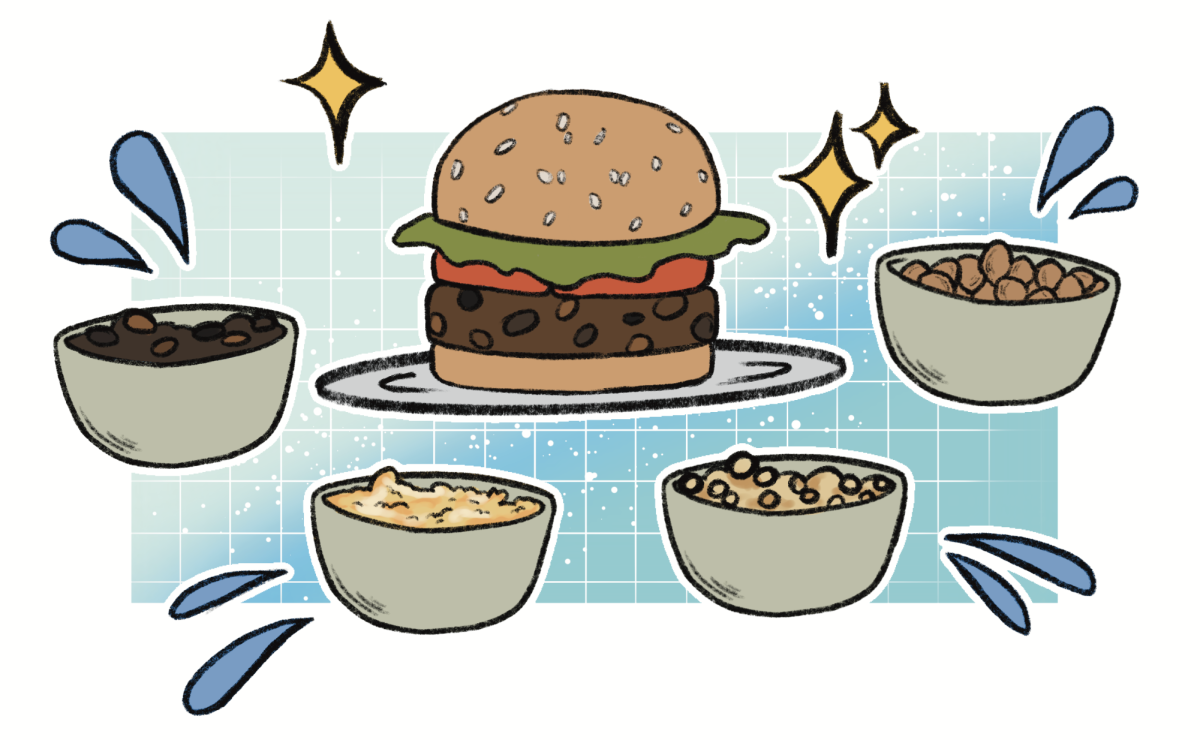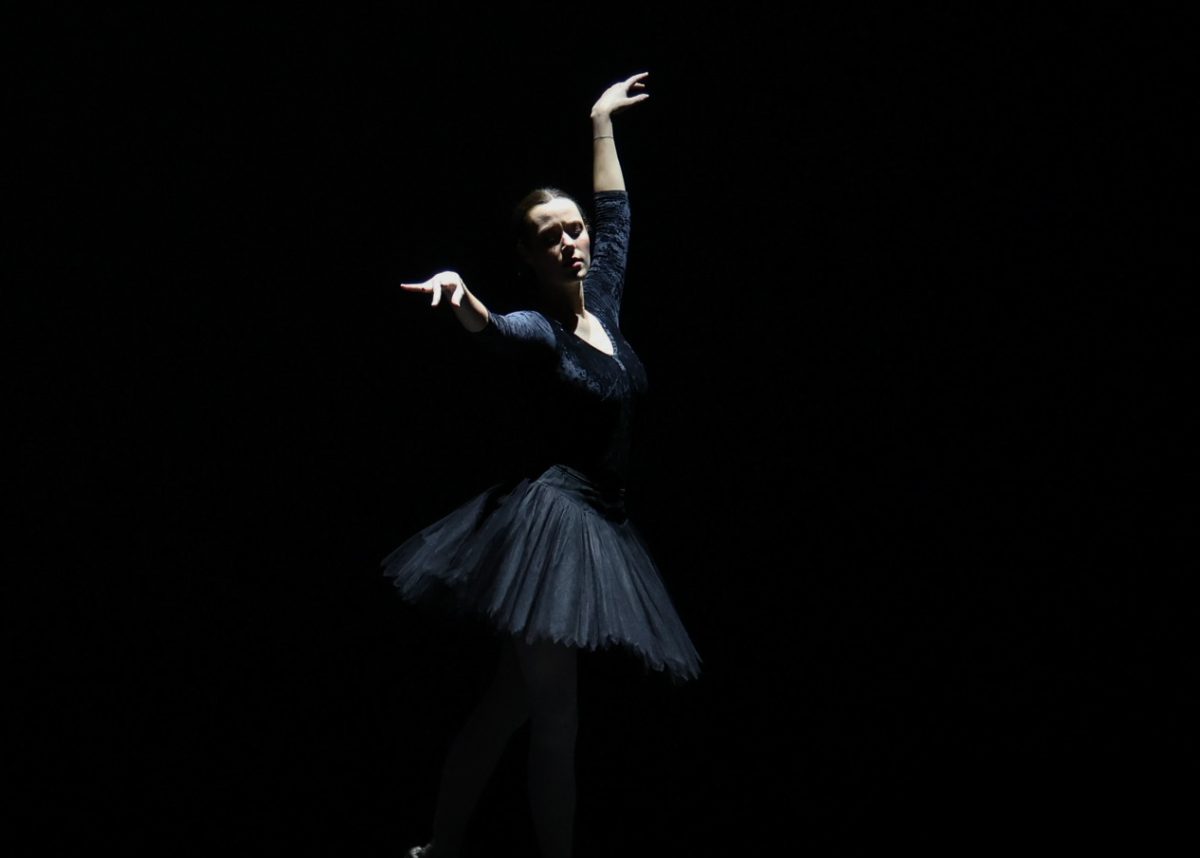Cake balls, like macaroons, cupcakes and petit fours, bring to mind images of ruffled lace tablecloths, scalloped window treatments, pink aprons, freshly cut daisies in pristine glass vases and lots and lots of sunshine — the idyllic home-style bakeshop. However at Austin Cake Ball, a locally-owned and operated company, you will not find polka dot wallpaper or lace doilies. Employees don’t wear pink, and there are no pastel-colored bows. Anywhere.
This may be disappointing for those who want their entire cake ball experience coated in sugar, but Kristen Haga, a partner in the business, said the decision to shy away from a super-saccharine and hyper-feminine space was intentional. She and the founders of the business, UT alumna Stacey Bridges and Ben May, envisioned a space that outlasts ephemeral food fads and appeals to a wide consumer base, including men.
Austin Cake Ball’s newest venture, a kitchen and bar that opened in December in the Domain shopping center, conveys maturity while maintaining the sense of fun that a cake ball inherently exudes. Bridges, who has a master’s in costume technology, has a sharp eye for detail and sees her role in the business as “a continuation of an artistic expression … this time with cake instead of fabric.” She applies her aesthetic sensibilities to everything from the unique overhead lighting to the color scheme of the seating.
The immaculate cake ball display exhibits rows of tantalizing, gleaming pastries, each expertly-shaped and hand-decorated with almost machine-like accuracy. The half-wall that separates the dining area from the kitchen and restrooms is a mosaic of pennies, designed by Bridges herself.
It is this “tactile execution,” as Haga referred to it, that makes the space appeal to both men and women alike. If you think of the typical bakeshop, “most men are afraid of it,” Haga said. Because of the unique personality of the business, Austin Cake Ball “has a lot of male clients,” according to Haga.
Despite this diversity in clientele, skepticism about the viability of a business concentrated on and branded by cake balls is not unwarranted. Aren’t cake balls just another food fad bubble that will burst in the same way that the cupcake bubble has and that the frozen yogurt bubble is bound to? Does Austin Cake Ball truly have a competitive advantage over other local dessert businesses that have specialized in cake balls?
Austin Cake Ball’s flavors — vanilla bean, tiramisu, chocolate mint, red velvet and salted caramel — are not terribly original, and the cost of a dozen cake balls starts at $29, far exceeding that of its competitors. Holy Cacao, a cake ball and hot chocolate trailer, sells a dozen for $22, and Iffy’s Sweet Treats sells a dozen for $20.
Furthermore, Austin Cake Ball is now straddling two distinct industries — the specialty baking industry and the restaurant and beverage industry. This strategy can be dangerous, since Austin Cake Ball runs the risk of spreading its resources too thinly and not focusing intently enough on the quality of the product (think of Blockbuster’s botched attempt to straddle the retail industry and the online movie rental industry when Netflix pioneered the online market).
Another concern that John Spillyards of Holy Cacao warns against is approaching the cake ball as a high-end truffle. “We love the idea of high-brow and low-brow mixed together,” Spillyards said. He cited his own locally-sourced ingredients and granite countertops paired with handmade treats with funny names (Brass Balls, Rabbit Balls) served on an unassuming popsicle stick as evidence of his cake ball philosophy.
Despite the potential roadblocks, Kristen Haga is not worried. “None of us think that cake balls will be the hottest thing 35 years from now,” Haga said. But she maintains, “Cake balls are not going away.”
In true Darwinian fashion, she believes that the strongest company will survive and that Austin Cake Ball has the potential to be that company.

